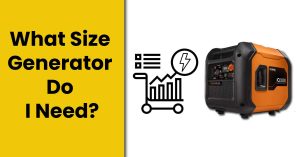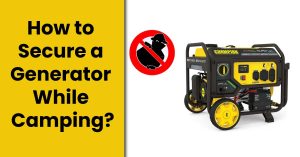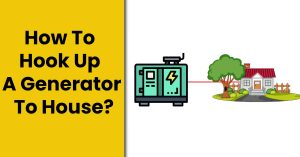How To Change Generator Battery In Correct Way?
During unpredictable weather conditions, what do you do when your home loses power? Preferably, you won’t be sitting in the dark and worrying about your food spoiling in the refrigerator.
You can easily tackle this situation by simply kicking in your generator to start it and make it run to perform its work.
What if your generator is not starting even under crucial circumstances? It can be frustrating to face extreme cold or heat without the availability of power.
You may be wondering what has happened to your generator and there could be several reasons when the engine stops working. One main reason is a dead or malfunctioned battery.
In this article, we will help you to replace or change the battery of your generator in order to make your life as comfortable in extreme situations as on normal days.
Required Tools & Equipment:
The Following essential tools will be required to change the generator battery:
How To Change Generator Battery
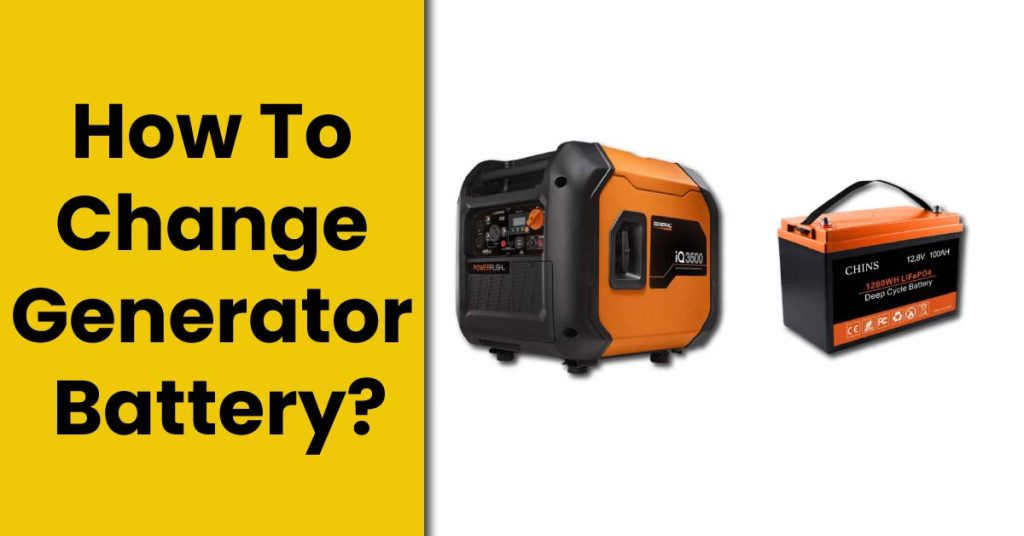
For starting the process, first, you’ll need to use a wrench or key to remove the bolts from the back and front panels. Most generators have four bolts in each panel and two at each end.
Wiggle the front panel free and let it hang down when all connections are inside the panel as in this step, you are not going to disconnect all of them or pull on choke cable.
As there is nothing inside the back panel, we can remove that panel completely.
After removing the front and rear panels, you will need to grab a ratchet wrench to remove the two gas tank bolts that are holding the tank into the panel that will also be removed to gain access to the battery that is present right next to the handles.
Once those parts are removed, you can now loosen the other side for up to four or five turns. Then you will need to zip-tie the gas tank to the frame of the generator to hold it up in such a way that if you remove the panel, the gas tank would not fall.
You may need to zip the tile right through the location where the bolts stand.
After tying up the gas tank, you will need to remove bolts from the bottom panel with the help of a wrench, at a place where a heat shield is present. Once you are done removing the panel to the generator frame to get access to the battery, now you need to move toward the next step.
Once we have the 3/8 bolt removed, we can now grab that 1/2 ratcheting wrench and remove the two 1/2 bolts that hold the panel to the generator frame so we can gain access to the battery.
There is one on each side of the panel. You will want the wrench as a ratchet and the socket will push the front panel away where you could damage the choke cable or accidentally disconnect your wiring. Hold the panel as the weight of the battery will pull the panel downward.
Use the ratchet, socket, and wrench to disconnect the battery cables. Remove both positive and negative terminals of the battery and add a 3 inches extension while loosening the bolts that hold the battery bracket in position.
When the battery bracket is loose, you can the old battery out and replace it with the new one. To install a new battery, you will need to tighten bolts to hold the bracket in position.
Then reconnect the battery terminal leads. After reconnecting all connections snug them up with a socket and ratchet.
As the new battery has been installed, you can rotate the battery panel back in its position inside the generator frame. Make sure to keep the heat shield resting on top of the bottom side of the panel.
Once you have them settled, use a ratcheting wrench to tighten them up.
Checkout our guide about how to change the spark plug of generator
How To Change A Diesel Generator Battery
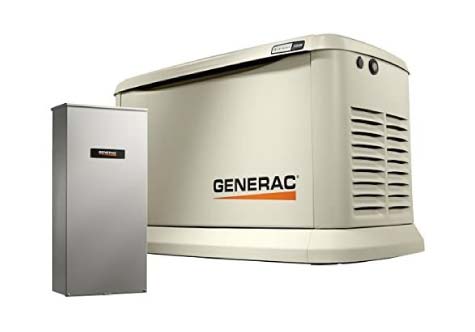
To start a diesel generator, a specified battery is used. If the lifespan of that battery expires or a user does not pay attention to its maintenance needs, the battery gets scrapped in advance and its replacement becomes compulsory.
Though this replacement is a bit technical, with proper guidelines, you can do it yourself easily.
The following steps are involved in replacing or changing a diesel generator battery:
Checkout our guide about how to maintenance of the generator
How Often Should I Change The Batteries Of My Generator?
The most common question asked by customers is how often should I change the generator battery.
Logically, a battery needs to be changed between 24 and 36 months or every 2 to 3 years. In lots of cases, customers try to prolong the life of their batteries until it stops working anymore. This is absolutely the worst thing you can do.
However, replacing your generator battery every 36 months is compulsory for your own good.
For the best outcome, replace them every 2 years to give you the assurance that your generator is going to be ready to start and ready to perform its activities properly as per need, especially in case of a power emergency.

Alex Black is a seasoned electrical engineer with a remarkable 8-year track record specializing in appliances, generators, and transfer switches. With extensive hands-on experience in the field, Alex possesses a deep understanding of electrical systems and their intricate workings. Throughout their career, Alex has consistently demonstrated expertise in designing, troubleshooting, and maintaining various electrical appliances.


